GHS students take initiative to curb crab infestation
November 1, 2018
Marine Biology teacher Rachel Rex and her students have partnered with Seaside Sustainability, Inc. to challenge a threat to our local environment. Green crabs are an invasive species which take resources and space from indigenous crabs.
“It’s an opportunity for my students to actually participate in real science,” said Rex. “We’re going out in the field, we’re counting, we’re recording data, [and] measuring.”
Green crabs were introduced by humans in the bilge water of ships travelling from Europe. They are highly aggressive and reproduce quickly. Each female crab produces about 185,000 eggs every 3 months.
The crabs eat scallops, clams, and mussels, and as they can eat about 40 half-inch clams a day, cause large decreases in softshell shellfish populations. Due to this problem, clam revenue in Maine has fallen by 40 percent.
Student Marc Smith, who took part in the experiment, understands the importance of eliminating this problem. “It’s killing some of the major wildlife that belongs here,” said Smith. 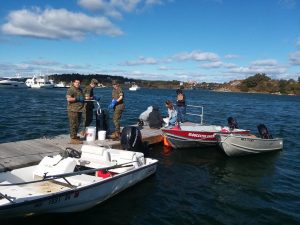
Students sorted and measured crabs, and all green crabs collected by Seaside Sustainability, Inc. will be re-purposed as food or composted. Native species will be released back into the wild.
Smith and his classmates did this activity at the landing behind Gloucester High School. “We pulled up the crab traps,” said Smith. “We took the crabs out and put them into a bucket which had been previously weighed. We are counting them as we are measuring them.”
The activity was lead by Brooks Barrett, who instructed students and taught them about the green crab infestation. “For this particular project we would like to keep the population in check,” said Barrett. “And see that the community is really getting involved and educated about the mitigation efforts of the green crab problem. We need to keep the marshes in balance and help our shellfish industry flourish.”
Green crabs burrow into the marsh, ruining its structural integrity, which can lead to a collapse of the surrounding ecosystem.
Until recently, the cold weather has kept the crabs in check due to their low tolerance extreme cold. Now, due to global warming, the crabs now stay active throughout the year. This leads to increased population growth, predation, and a corresponding drop in the health of local marshes.
“People should be concerned with this because it is their environment,” said Barrett. “It’s right here. It’s impacting your industry, it impacting how you eat.”


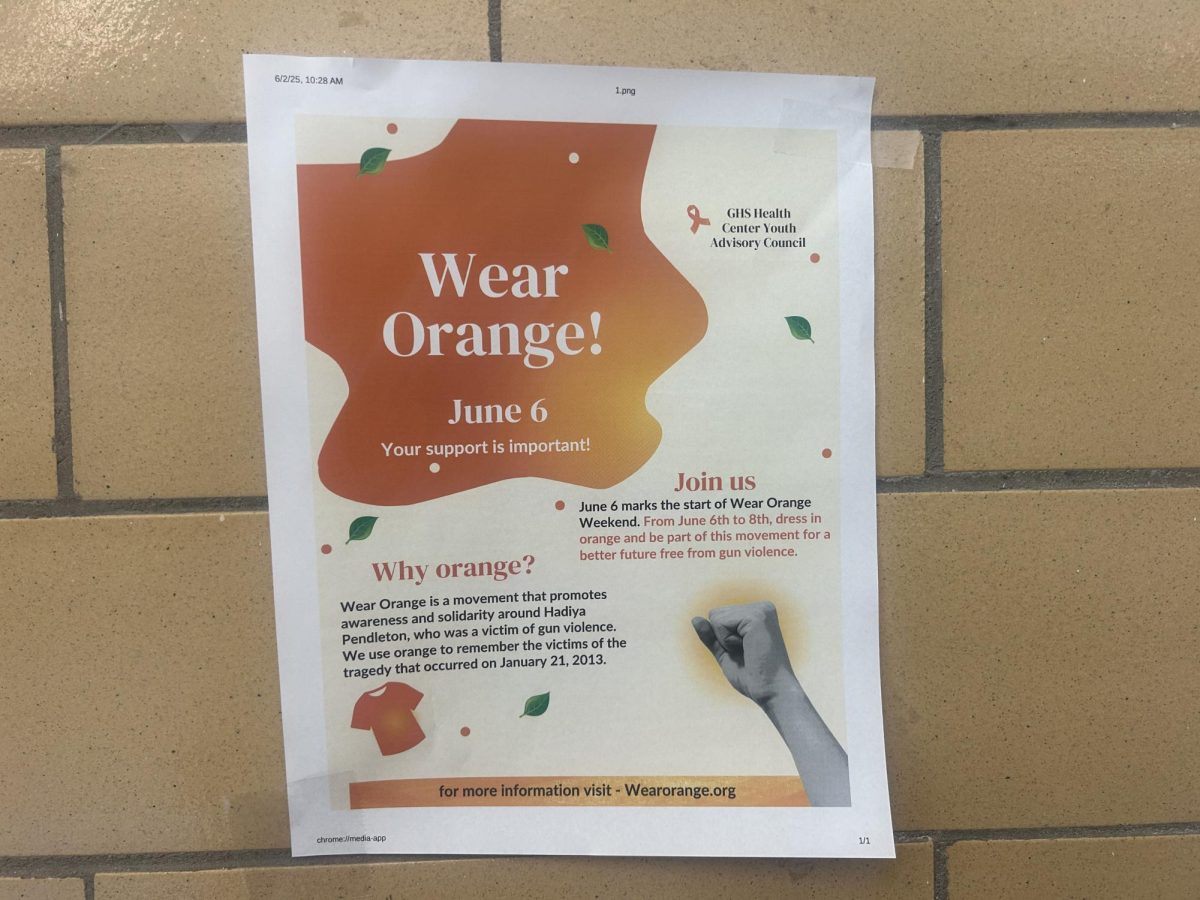


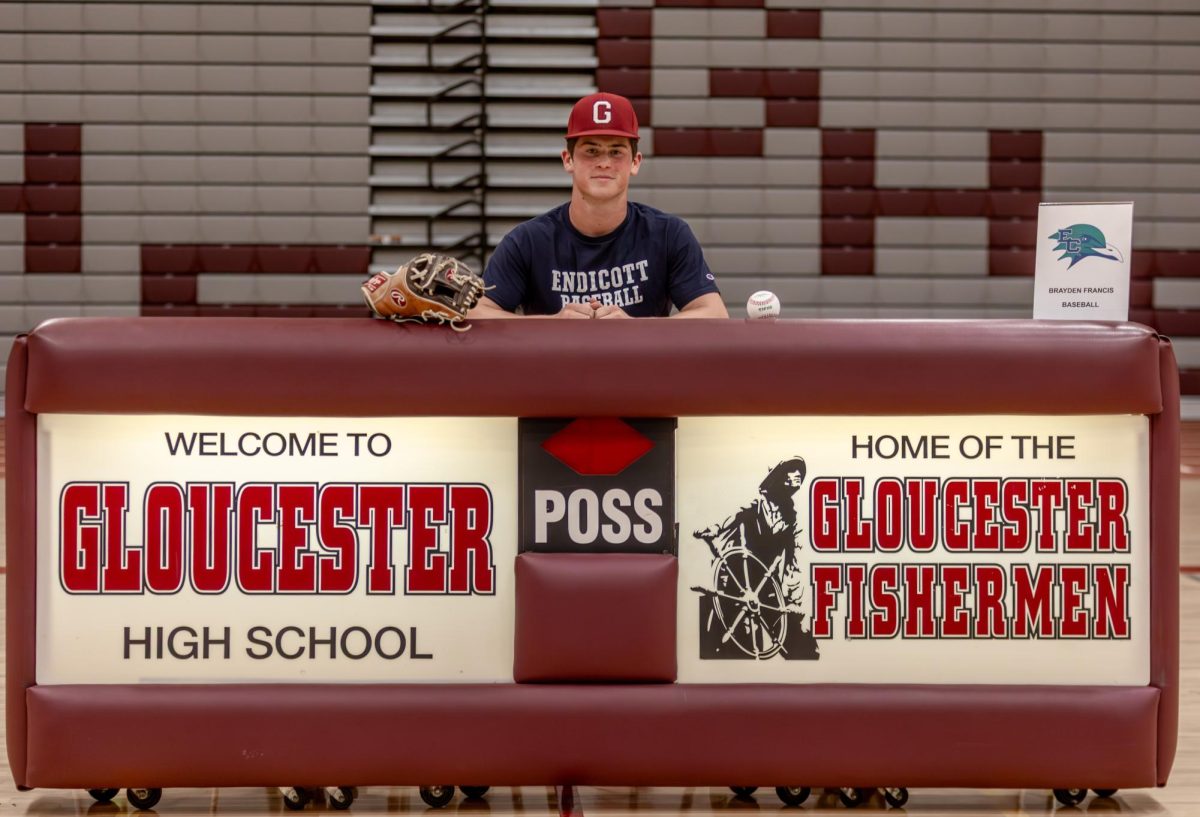
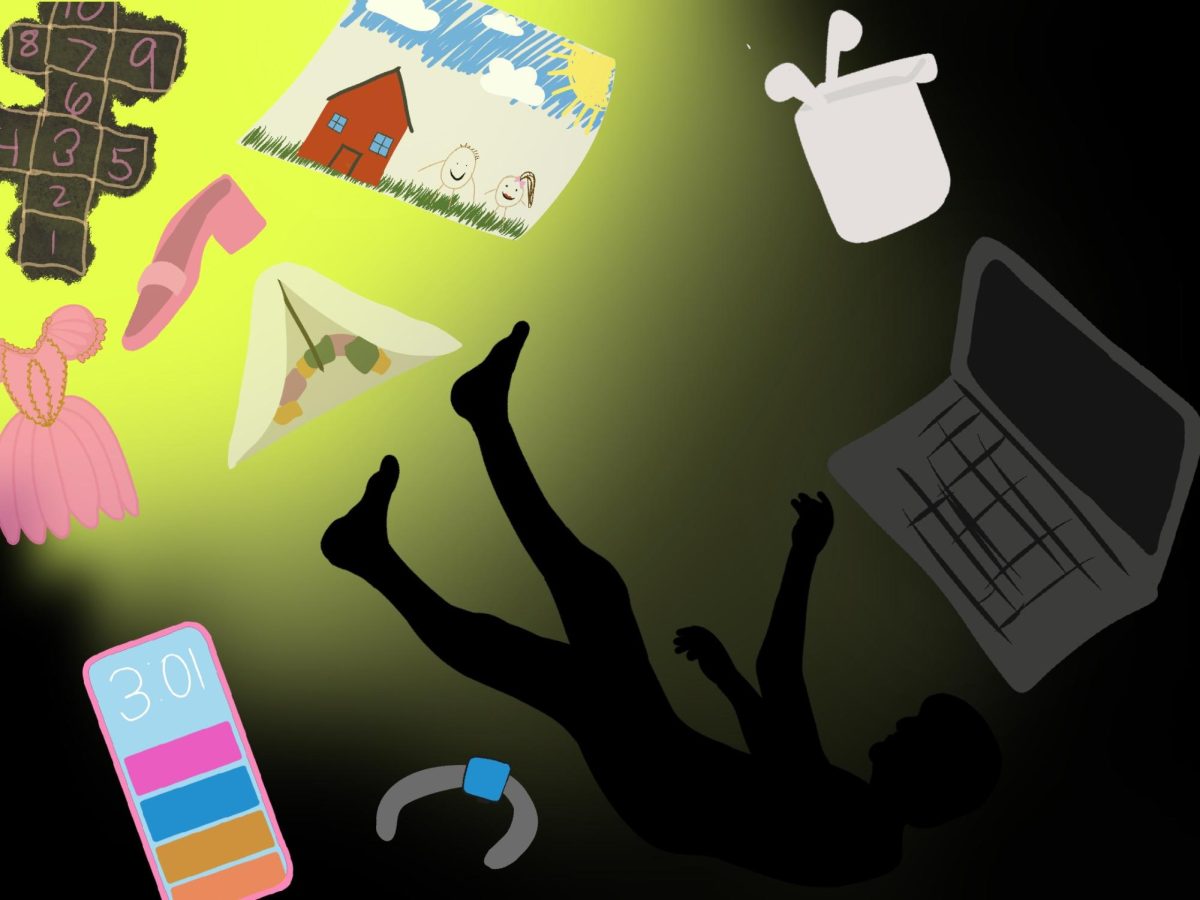

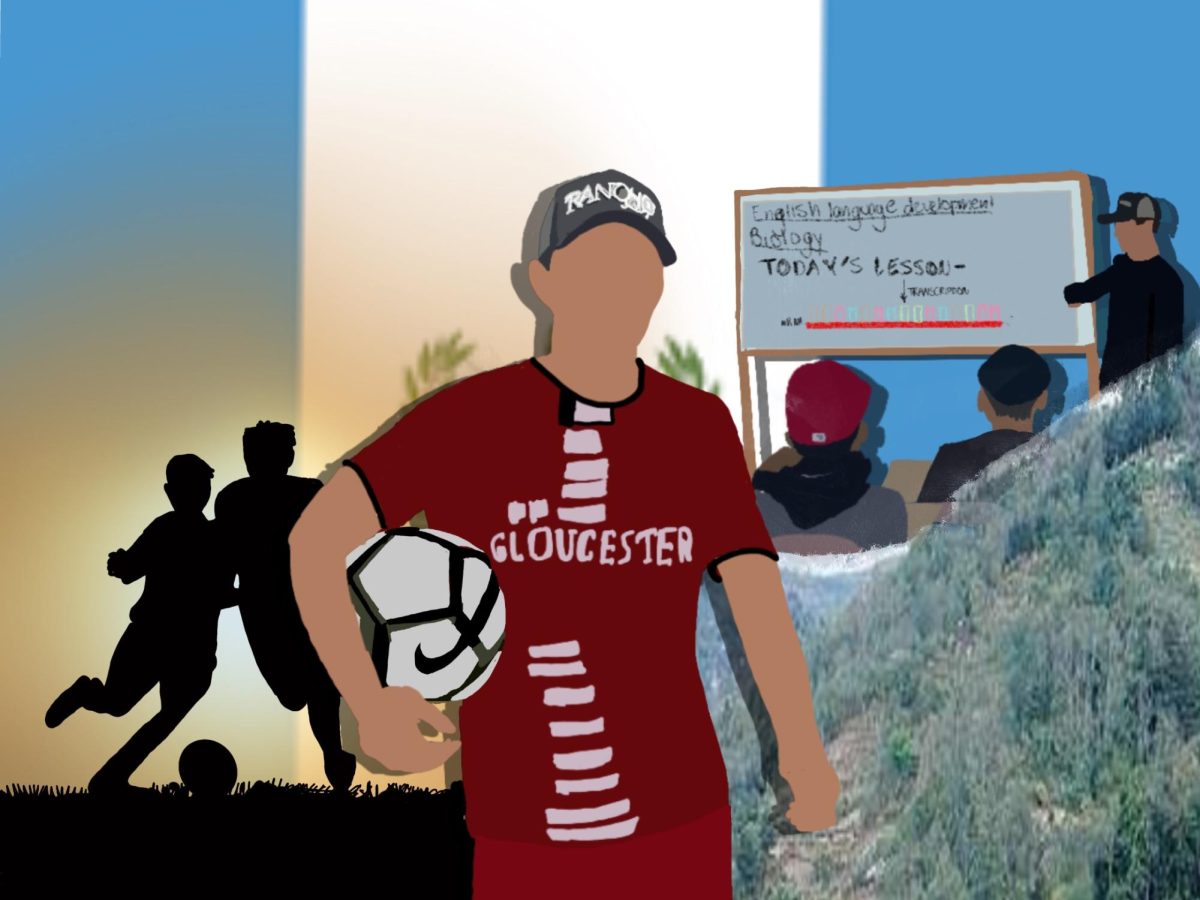
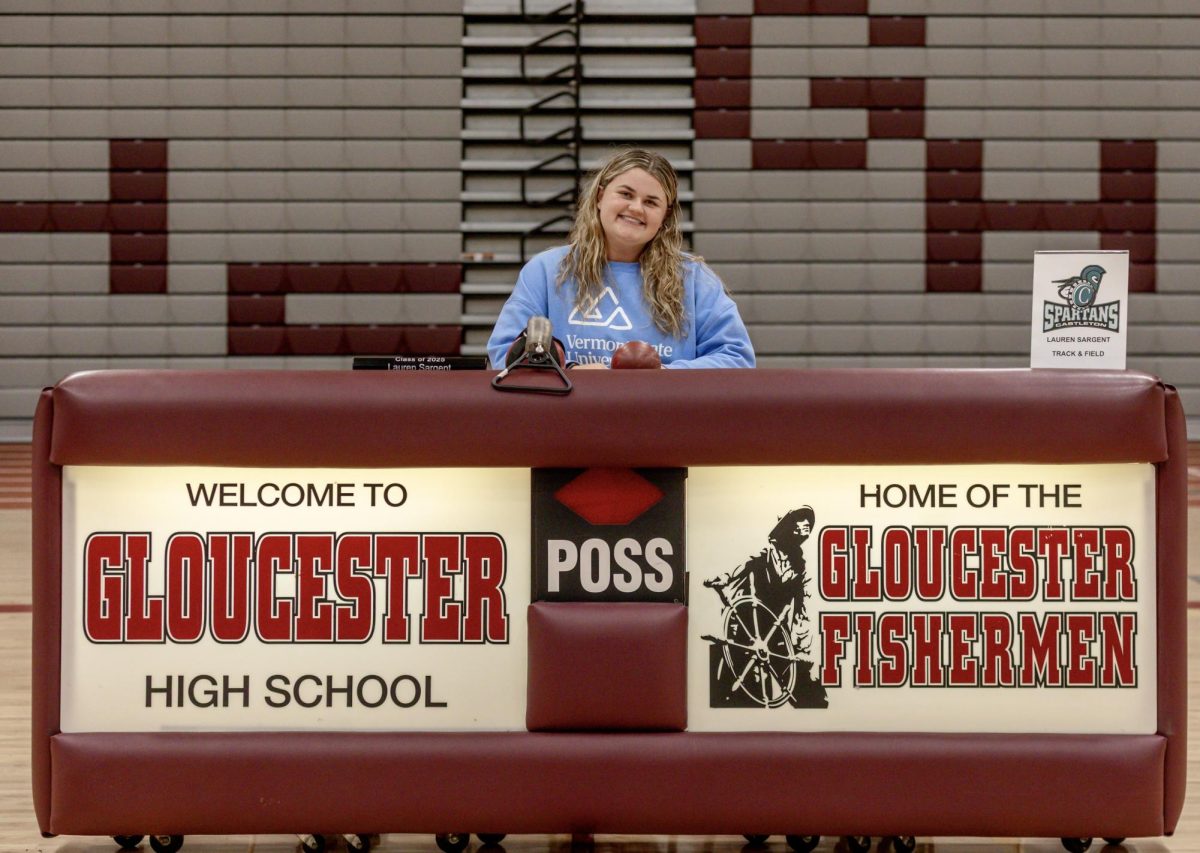

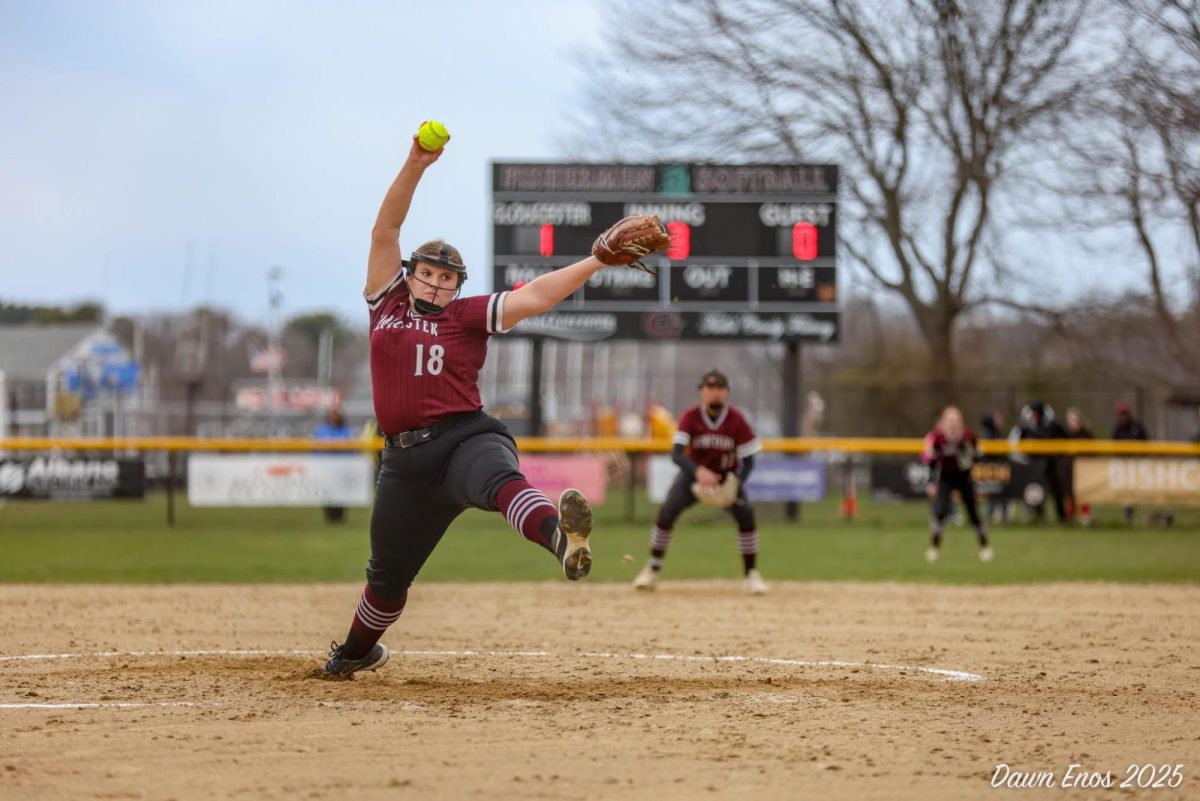
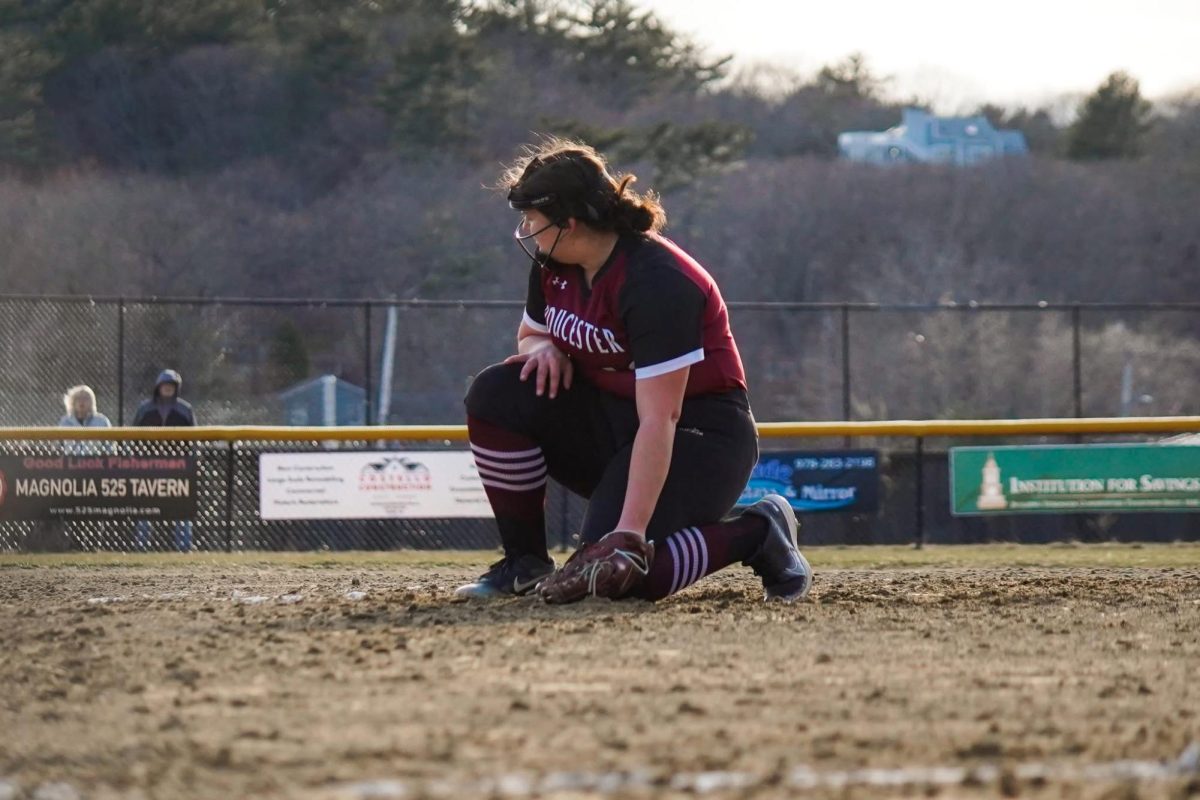
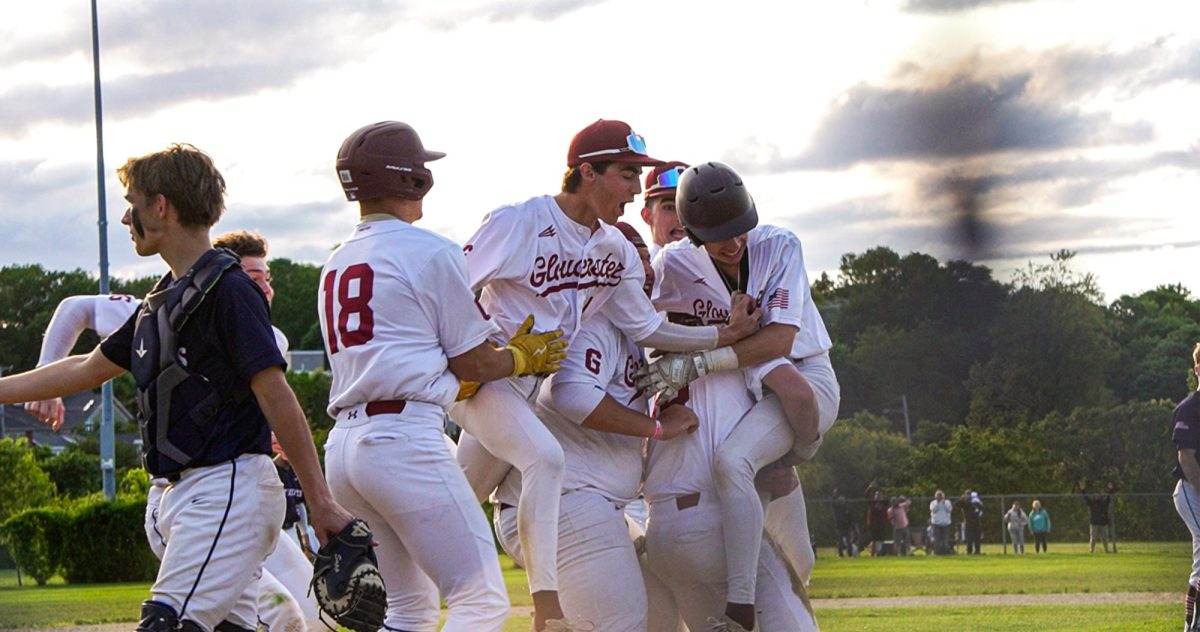

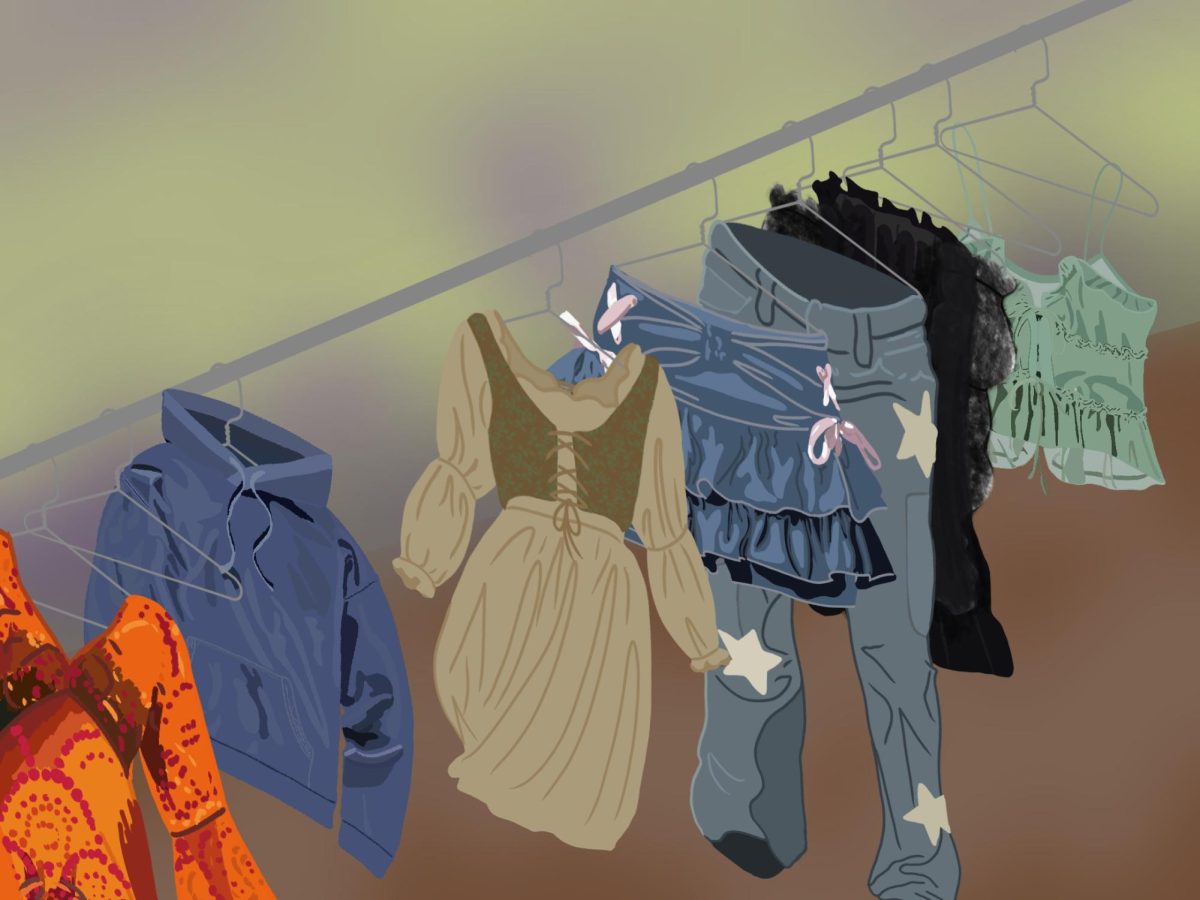
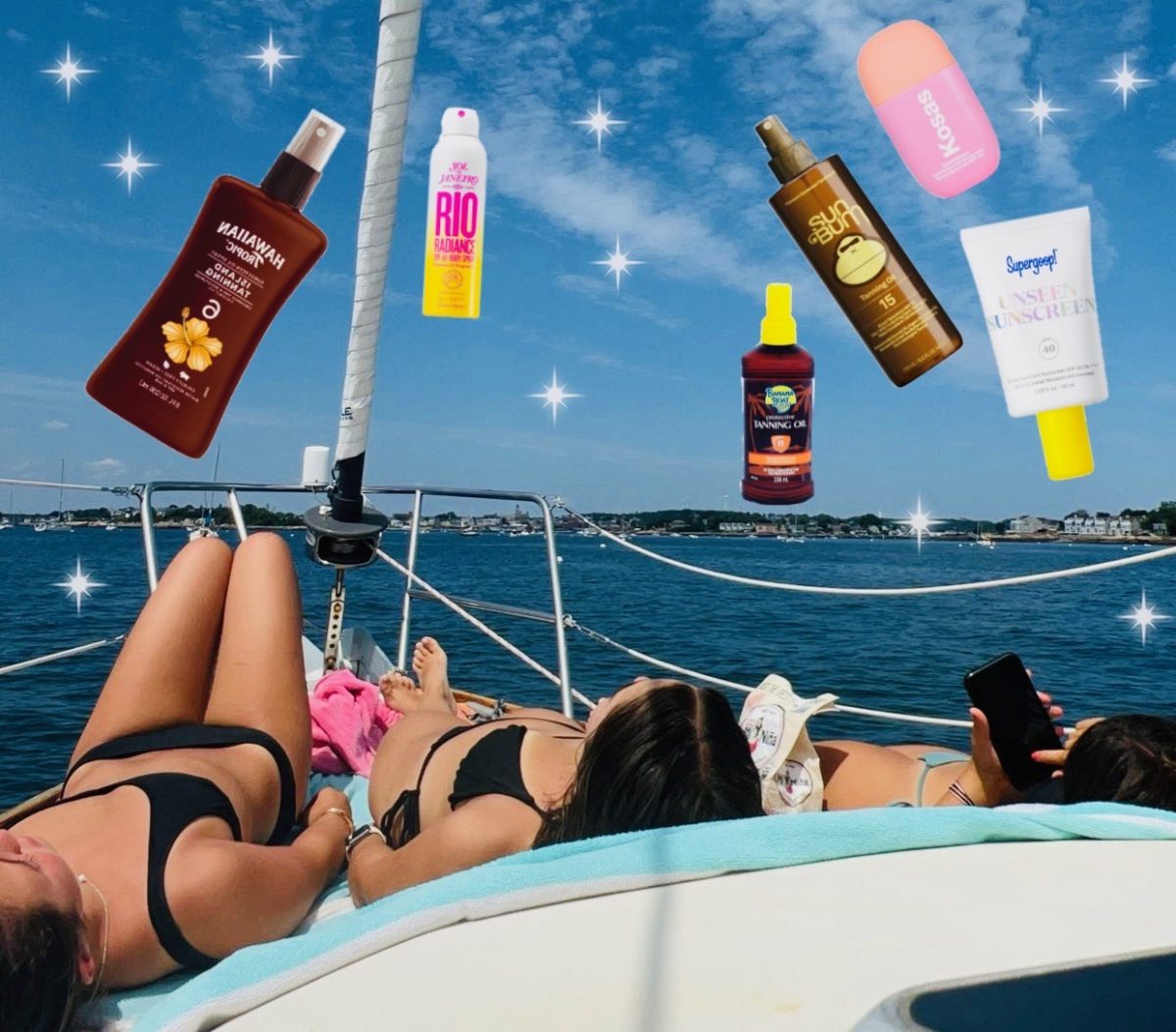
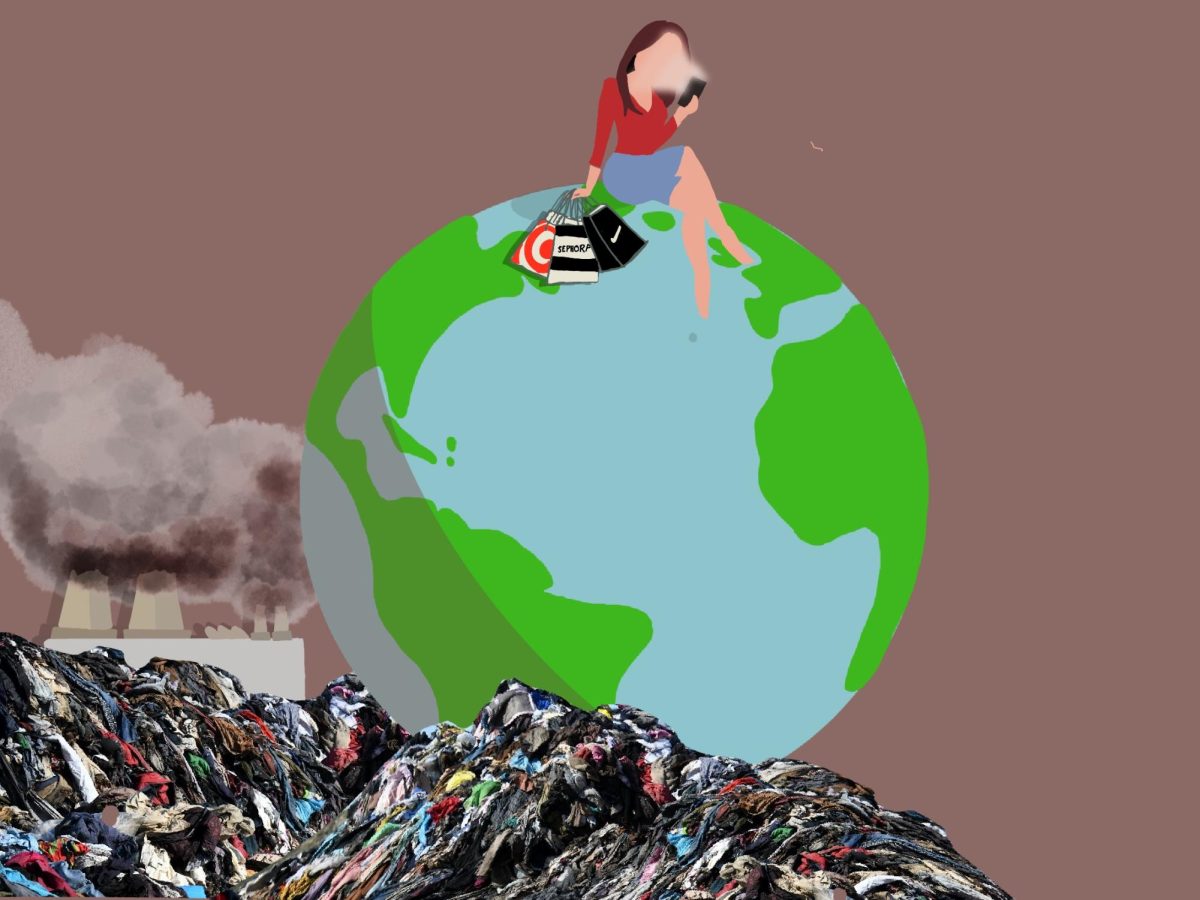
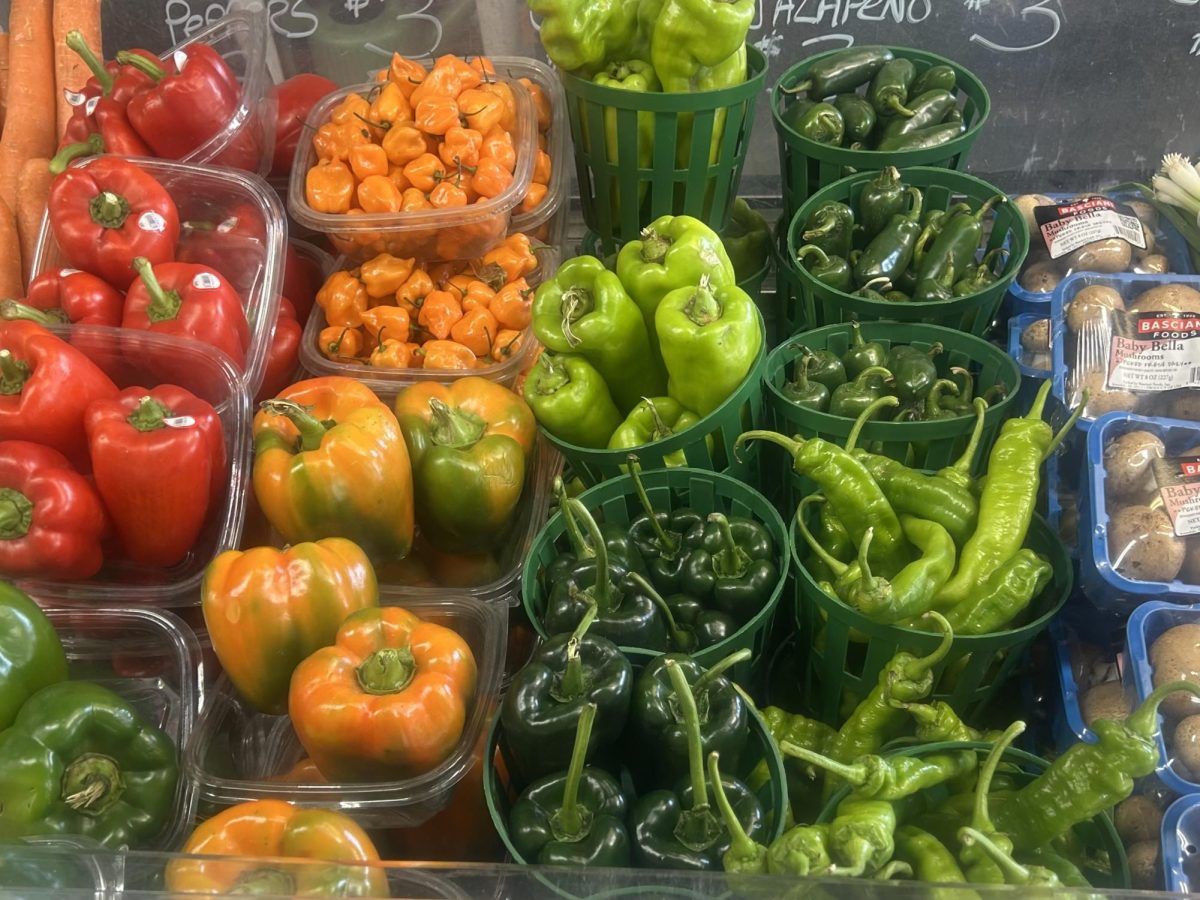
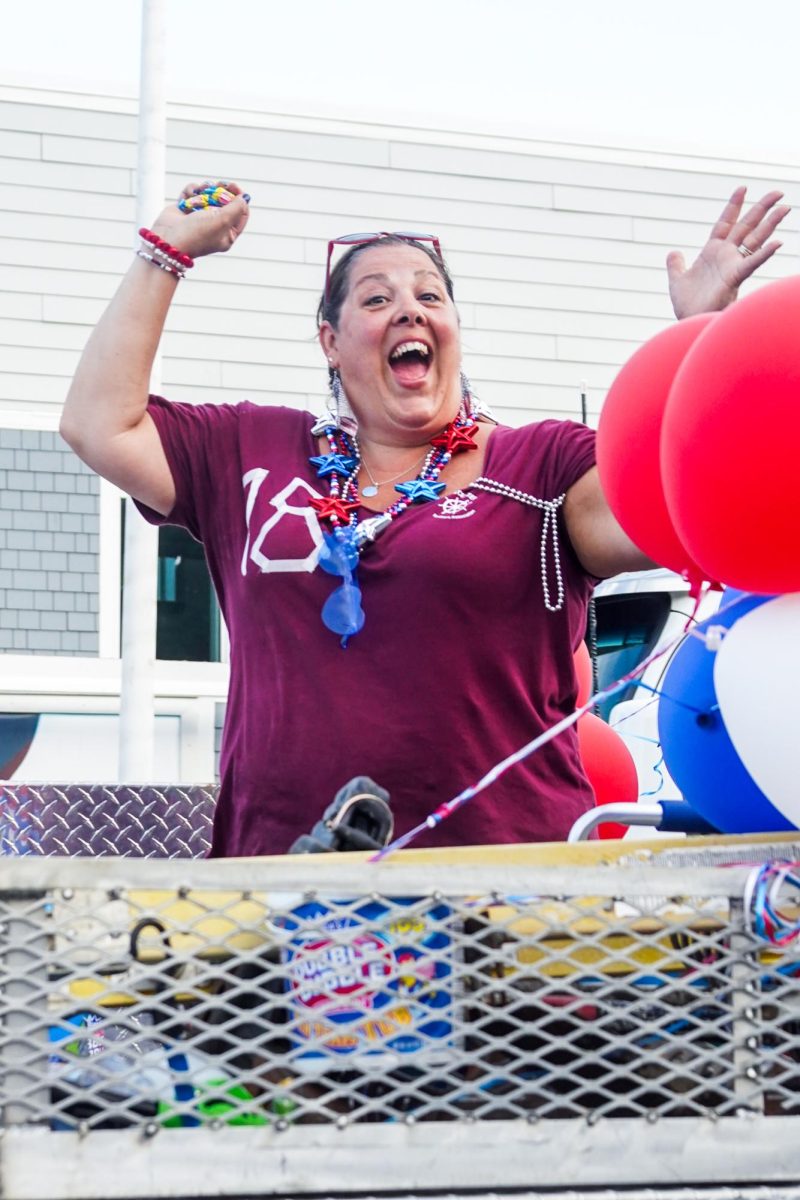



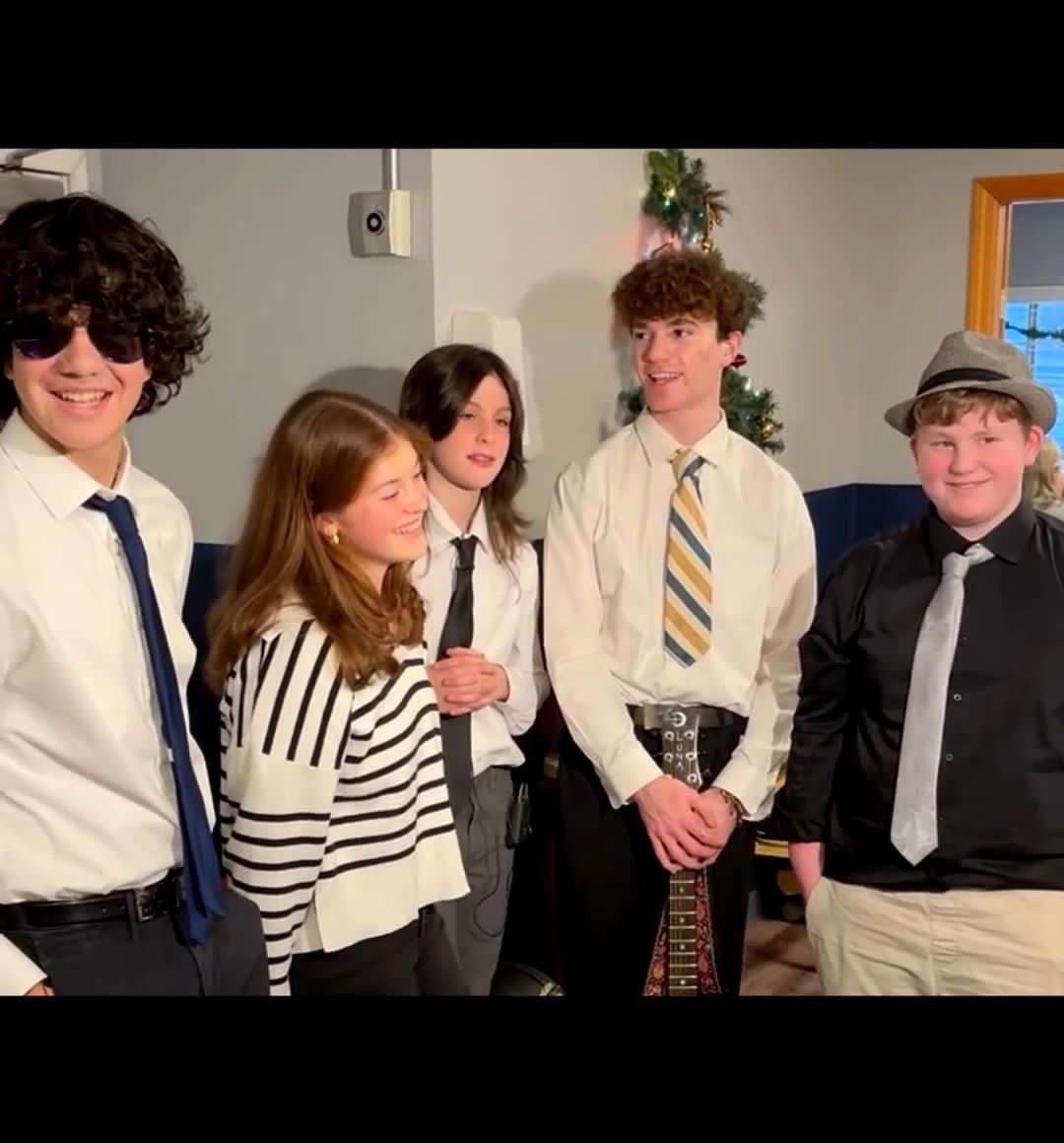
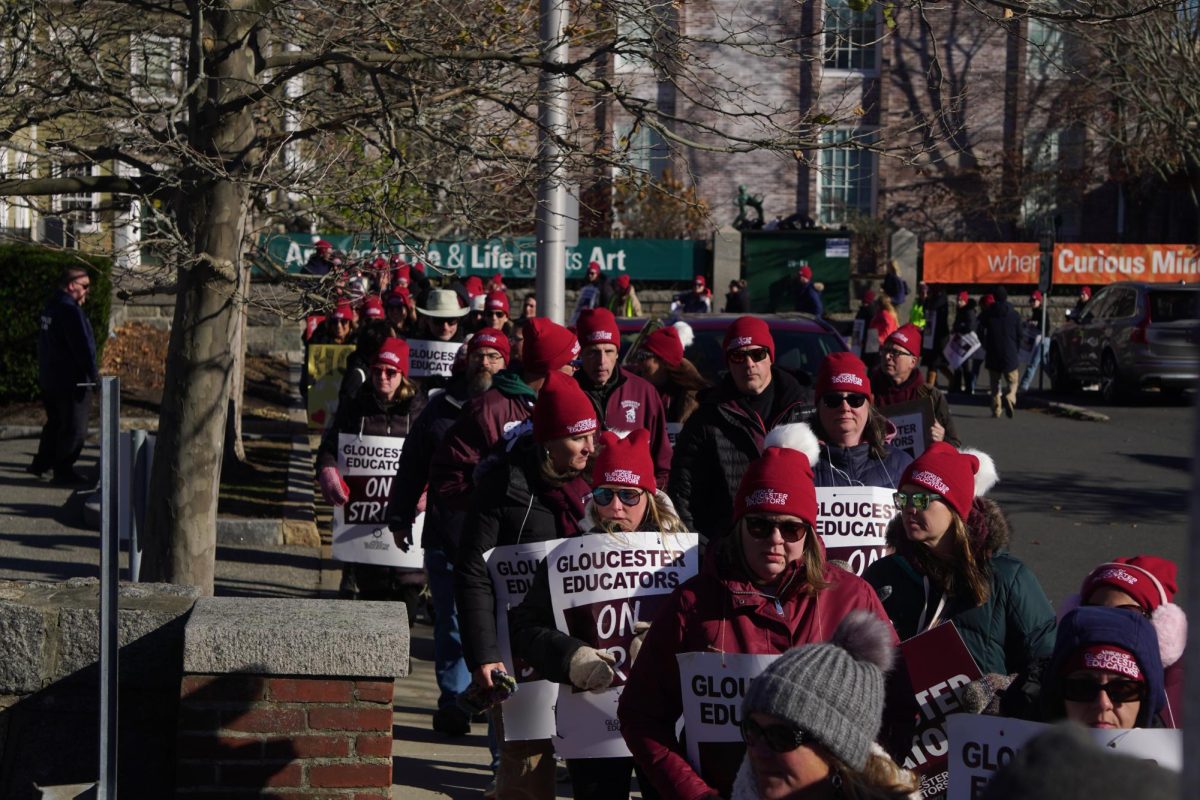




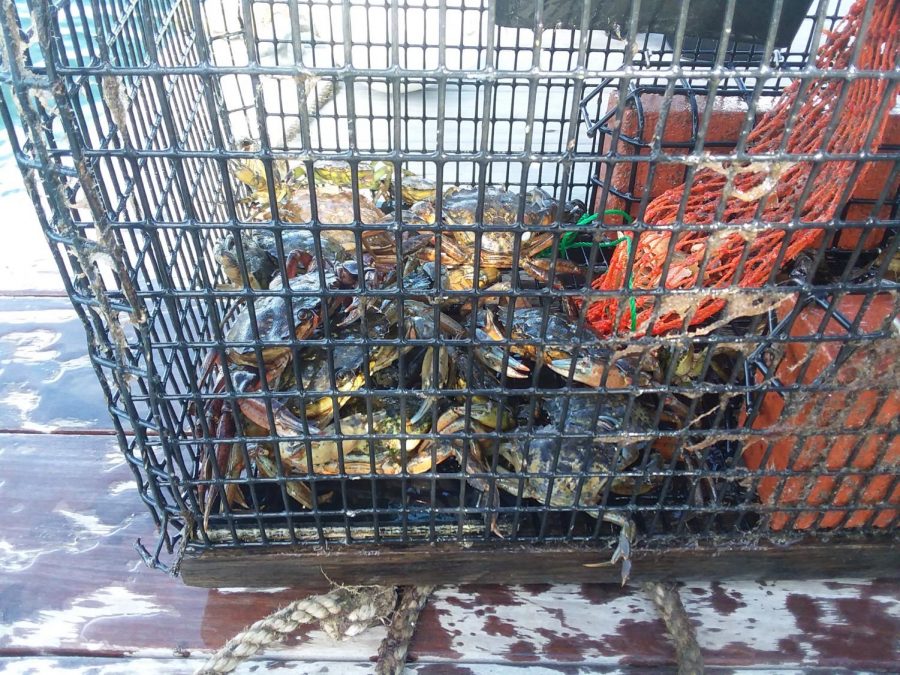


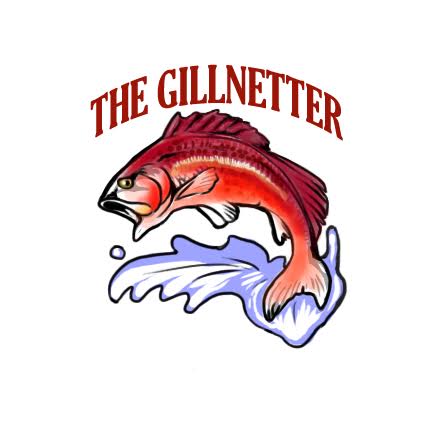
Eric Kevin Magers • Nov 3, 2018 at 11:19 am
We at Seaside greatly value this relationship with all Gloucester Public Schools, Gloucester High School and Rachel Rex!!! LOTS more fun, educational, and engaging opportunities ahead!